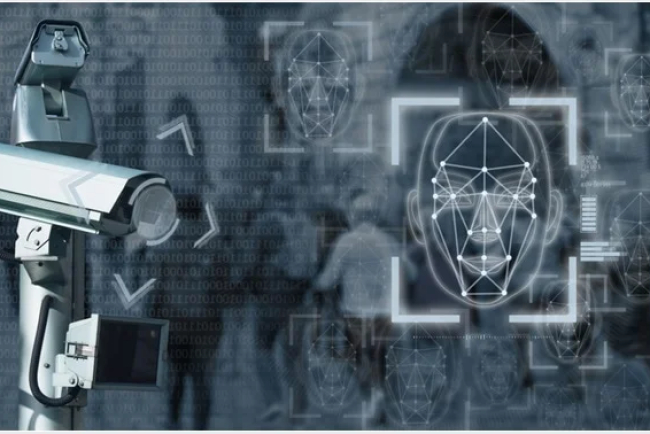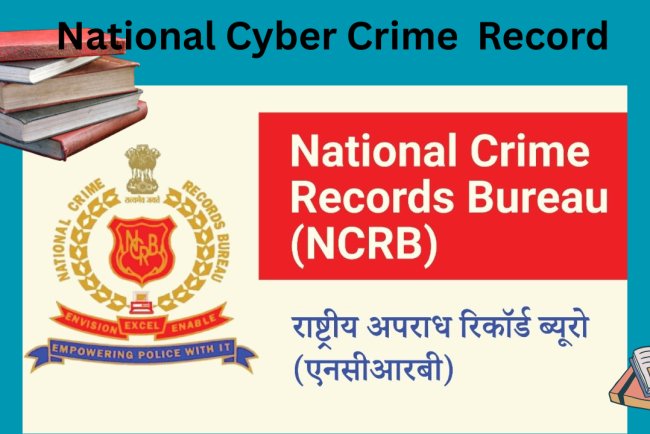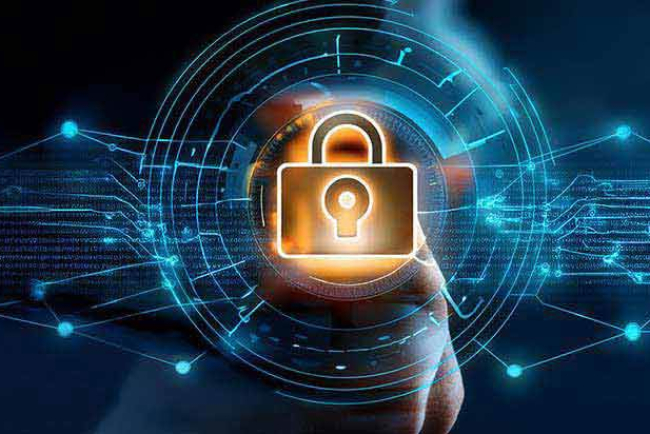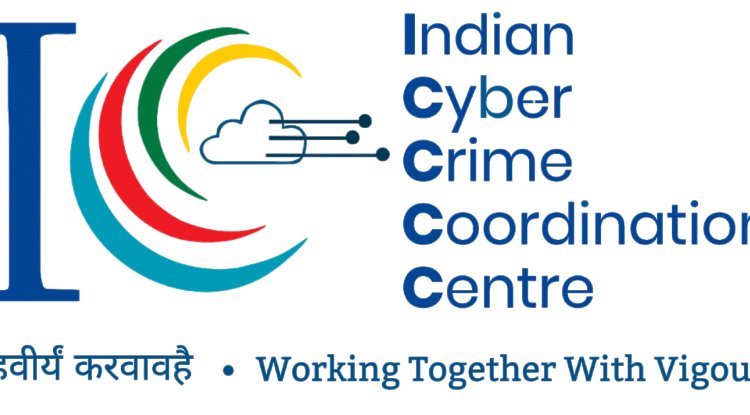How do biometrics and facial recognition technologies impact forensic investigations in modern-day law enforcement?
With its ability to identify criminals and solve crimes more quickly and effectively, biometrics and face recognition technologies are transforming forensic investigations in law enforcement. By swiftly comparing biometric information or facial photos to extensive databases, these technologies help law enforcement improve identification accuracy and generate vital leads for investigations. But they also bring up important issues with accuracy, privacy, and ethics.

Impact of Biometrics in Forensic Investigation

1. Improved Identification of Suspects
Fingerprint Identification: Analysis of fingerprints is still one of the most accurate biometric techniques. With the use of automated fingerprint identification systems (AFIS), law enforcement may swiftly compare prints from crime scenes with databases, yielding crucial evidence.
DNA: For many years, DNA profiling has been a fundamental aspect of forensic research. Biometric DNA databases are used to identify victims in cold cases or connect suspects to crime scenes.
Technologies that examine a person's voiceprint or gait—the way they walk—are becoming more and more common in addition to conventional biometrics. Investigators can use these to find suspects even if they are not in close physical contact.
2. Faster Investigations:
Biometrics speed up identification by making it more simpler for detectives to link suspects to criminal records or crime scenes. For instance, the identification procedure in a case can be greatly accelerated by a fingerprint or DNA match, particularly for crimes like homicide, assault, or burglary.
Error Reduction: Biometric systems, such as automatic fingerprint recognition, are much more reliable and can decrease human error in matching than traditional forensic techniques, such as fingerprint analysis, which need expert interpretation.
3. Cold Case Resolution:
Reopening Unsolved Cases: Biometrics have shown to be an important tool in cold case resolution. Long after the crime has taken place, a suspect may be identified if, for instance, a DNA sample taken from the scene of the crime matches a recently added profile in a database.
Growing Searchable Databases: With the addition of DNA, fingerprint, and facial recognition databases, contemporary biometric technology may enable the reexamination of cold cases that were previously unsolvable.
4. Tracking Criminals Across Borders:
Interpol and other international law enforcement organisations can follow criminals who operate across borders by using biometric databases. This is known as cross-border cooperation. In situations involving human trafficking, terrorism, or organised crime, this is extremely helpful.
Cross-platform Matching: As surveillance cameras and social media have grown in popularity, biometric information can be utilised to match people to known criminals, making it easier for law enforcement to follow them.
Impact of Facial Recognition Technology:
1. Real-Time Identification:
Surveillance: Law enforcement's capacity to track people in real time has significantly increased thanks to facial recognition technology. When a suspect's face appears in public, CCTV cameras with facial recognition software can immediately notify law enforcement.
Airport and Border Security: To identify missing people, terrorist suspects, and wanted criminals, facial recognition technology is frequently utilised in border control and airports.
2. Predictive Policing and Crime Prevention:
Using facial recognition technology, predictive policing can identify individuals who are likely to be involved in criminal activity or who may be suspected based on past arrest histories or known gang affiliations. In some cases, this can support proactive law enforcement actions.
Prevention and Deterrence: Potential offenders may be discouraged from committing crimes if they fear being recognised if they are aware that facial recognition technology is being deployed in public areas.
3. Suspect Identification in Crowds:
Event Surveillance: Even in crowded settings, facial recognition technology can assist in promptly identifying those who might be a security risk at gatherings such as protests, concerts, or sporting events. In particular, this can help manage crowds and stop violent outbreaks.
Victim Identification: When the identity of a victim of a crime, such as human trafficking, is unclear, facial recognition technology can assist in identifying them. Investigative leads and closure for families can be obtained by matching their face with databases.
4. Linking Crimes to Suspects:
Several Crime Scenes: Investigators can link a person to several crime scenes by using facial recognition to identify them in several CCTV footages. A more cohesive image of the suspect's actions and movements is produced as a result.
Challenges and Concerns:
1. Privacy Issues:
-
Mass Surveillance: One of the biggest concerns with facial recognition and biometric technologies is the potential for mass surveillance. The use of these technologies in public spaces could lead to widespread monitoring of individuals without their consent, potentially infringing on their right to privacy.
-
Unauthorized Tracking: There are concerns about law enforcement using facial recognition to track individuals unlawfully, for instance, political protesters or dissidents, or using it to conduct covert surveillance on populations without legal safeguards.
2. Accuracy and Bias:
-
False Positives/Negatives: Although facial recognition has improved, it’s not foolproof. False positives (incorrectly identifying someone) and false negatives (failing to identify someone) can occur, which could lead to wrongful arrests or missed criminal suspects.
-
Racial and Gender Bias: Several studies have highlighted that facial recognition systems may exhibit bias, particularly in identifying individuals of certain racial or ethnic backgrounds, or in distinguishing between genders. This can lead to discriminatory practices if not properly calibrated and monitored.
3. Legal and Ethical Concerns:
-
Consent and Overreach: Using facial recognition on a large scale—whether for policing or other purposes—raises ethical and legal questions. Can it be used without the subject’s knowledge? Should law enforcement be required to obtain a warrant before using facial recognition for identification?
-
Data Protection: With so much personal data stored in biometric databases, there’s always the risk of a data breach or misuse. Strict regulations and safeguards are necessary to protect individuals' biometric data from theft, unauthorized access, or misuse by third parties.
4. Manipulation and Circumvention:
-
Spoofing: Criminals may attempt to spoof facial recognition systems using high-resolution photos or 3D models of their faces to avoid detection. Forensic experts must stay ahead of these methods by improving system security.
-
Deepfakes: The rise of deepfake technology (AI-generated synthetic faces and voices) could challenge the authenticity of video evidence and facial recognition. For example, a criminal might use a deepfake face to avoid recognition, making it harder to authenticate the identity.
Follow cyberdeepakyadav.com on
Facebook, Twitter, LinkedIn, Instagram, and YouTube
What's Your Reaction?























